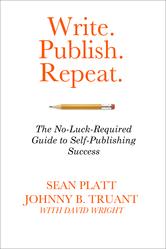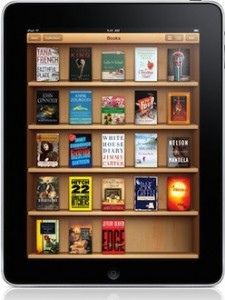 In the span of less than half a decade, self publishing has been radically transformed from its humble indie origins and is now a viable first choice for professional writers. That includes consultants and professional speakers who want to grow their audience and help people along the way.
In the span of less than half a decade, self publishing has been radically transformed from its humble indie origins and is now a viable first choice for professional writers. That includes consultants and professional speakers who want to grow their audience and help people along the way.
A few of the reasons for this shift are obvious: the meteoric growth of tablets and the shift to online book selling has helped nudge the ebook side of publishing into the tantalizing realm becoming impulse buys. For Amazon, Kobo and the iBookstore, it means they are plenty happy to meet demand with titles that readers want to buy—be it from independent writers or others.
But there’s another reason for this shift, and it’s one that up until now hasn’t really drawn as much attention as it deserves.
A self published book used to carry a stigma. For many readers, it was synonymous with lousy writing, half-assed packaging, typically fitted with a gaping black hole where a publishing and marketing strategy ought to be. [Read more…]


